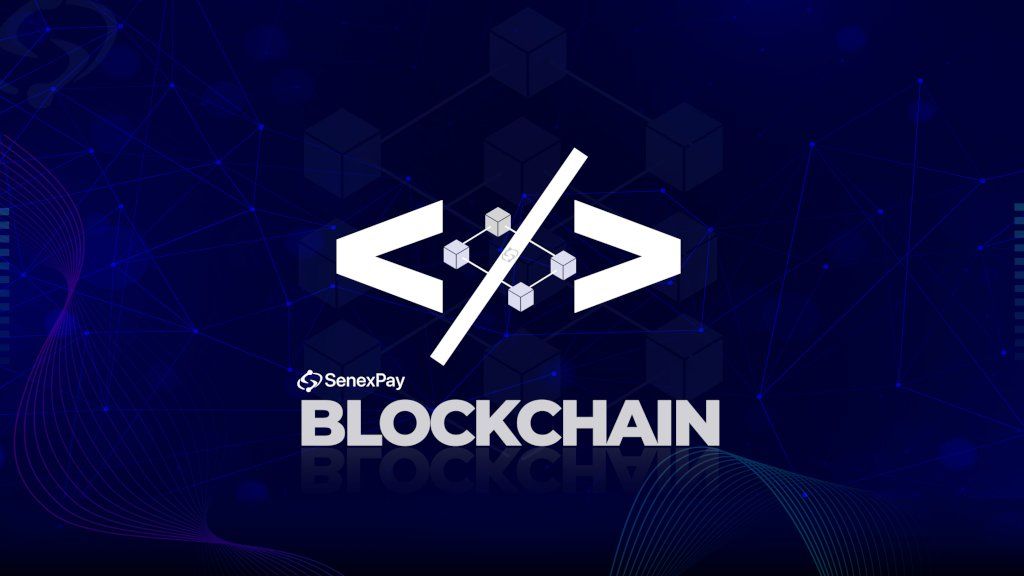Blockchain technology has taken the world by storm, disrupting industries and fueling innovation across various sectors. But for developers, understanding the intricate workings of this technology is crucial to building robust and secure applications leveraging its power. So, let's delve deeper into the inner workings of blockchain, exploring the concepts and mechanisms that bring it to life.
1. Distributed Ledger Technology (DLT) at its Core:
At its heart, blockchain is a specific implementation of a broader concept called Distributed Ledger Technology (DLT). DLT refers to a system where data is replicated, shared, and synchronized across a decentralized network of participants. This eliminates the need for a central authority to control and manage the data, fostering trust and transparency.
2. Building Blocks of the Chain:
The fundamental unit of information in a blockchain is a block. Each block typically contains:
- Transaction data: This holds the details of the actual transaction taking place, like the sender, receiver, and amount (in the case of financial transactions) or any other relevant information depending on the use case.
- Hash: This is a unique cryptographic fingerprint generated from the block's data and the previous block's hash. Any change to the data would result in a completely different hash, making tampering with historical data near impossible.
- Nonce: This is a random number used in the cryptographic hashing process to ensure the uniqueness of each block's hash.
3. Blockchain Consensus Mechanisms:
A crucial aspect of blockchain is consensus, ensuring all participants in the network agree on the validity of transactions and the current state of the ledger. Different blockchain implementations utilize various consensus mechanisms, including:
- Proof of Work (PoW): This widely used mechanism requires miners to solve complex mathematical problems to compete for the right to add the next block to the chain. While secure, it can be computationally expensive and energy-intensive.
- Proof of Stake (PoS): Instead of solving computational puzzles, validators are chosen based on their stake (holdings) in the cryptocurrency associated with the blockchain. This reduces energy consumption but may raise concerns about centralization in some implementations.
4. Smart Contracts: Programmable Logic on the Blockchain:
One of the most exciting aspects of blockchain for developers is the concept of smart contracts. These are self-executing contracts written in code and stored on the blockchain. They define the terms of an agreement and automatically execute when predefined conditions are met, removing the need for intermediaries and ensuring trustless execution.
5. Development Frameworks and Tools:
For developers, a plethora of tools and frameworks simplify building applications on various blockchain platforms. Some popular examples include:
- Solidity: A high-level language specifically designed for writing smart contracts on the Ethereum blockchain.
- Hyperledger Fabric: A framework offering a modular and permissioned blockchain platform for enterprise use cases.
- Truffle: A suite of tools for developing, testing, and deploying smart contracts on the Ethereum blockchain.
Conclusion:
Understanding these core concepts and exploring the available tools and frameworks equip developers to tap into the immense potential of blockchain technology. From building secure and transparent applications to fostering innovative solutions across various industries, blockchain offers a unique paradigm for the future of data management and decentralized systems. This guide can serve as a steppingstone for developers to begin their journey into the exciting world of blockchain development.









